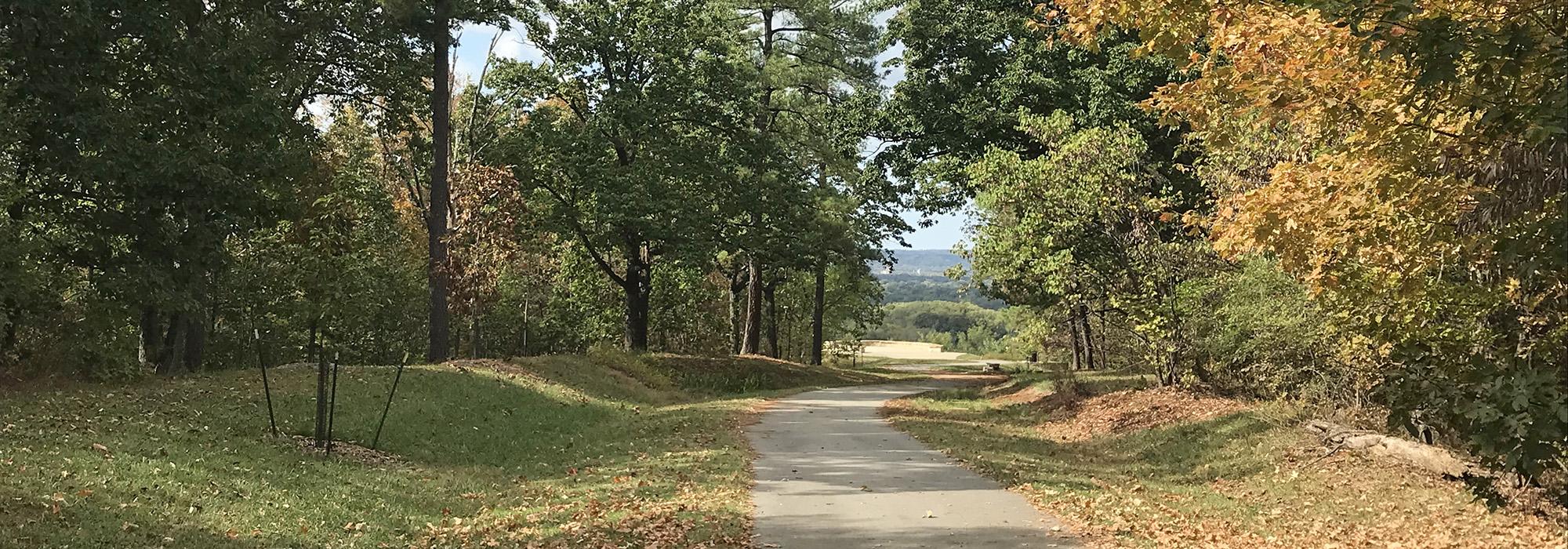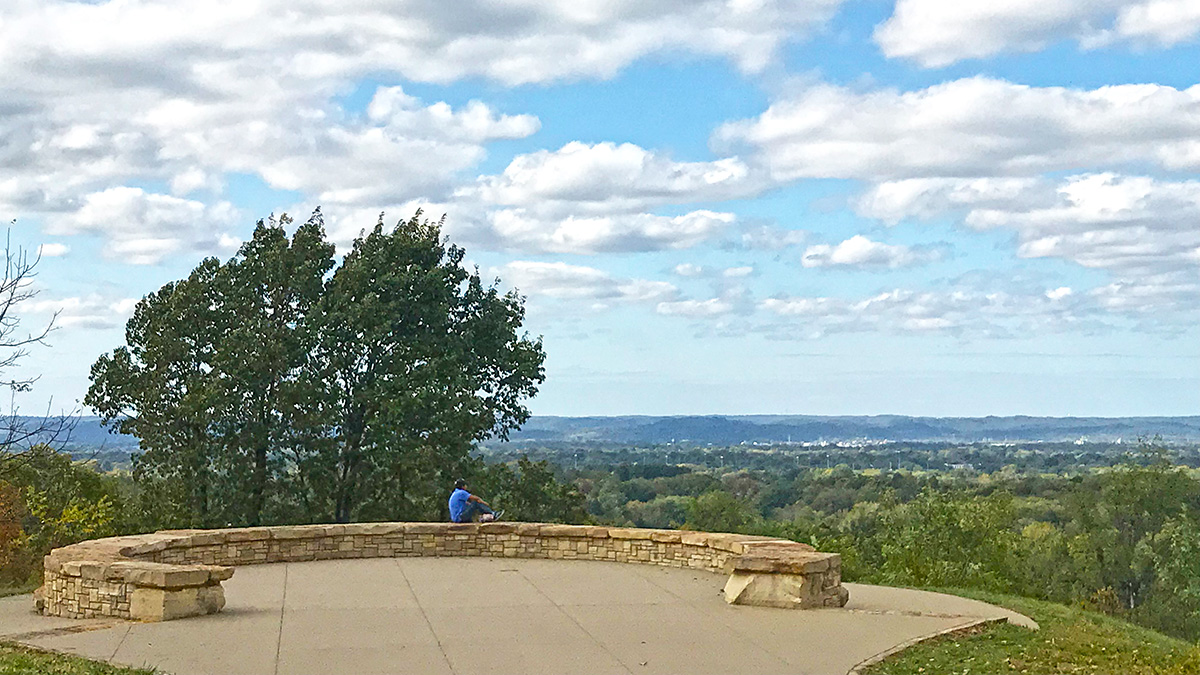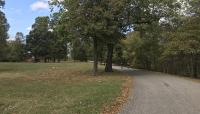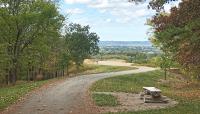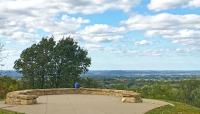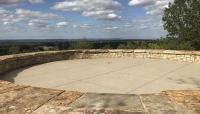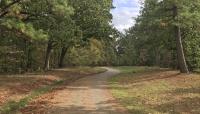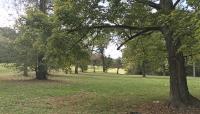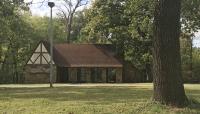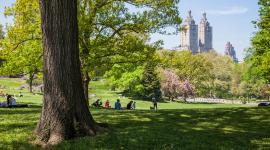Landscape Information
In 1891, Frederick Law Olmsted, Sr., addressed the Salmagundi Club, a small group of Louisville civic leaders, to further their interest in establishing a park system. The resulting commission created a network of parks and boulevards, one of five such systems in the country, representing the last design of this type in the elder Olmsted’s career (and along with Rochester, NY, the only system that was designed by all three Olmsteds). Anchoring this system were three large parks along the city’s perimeter: Iroquois (south), Cherokee (east) and Shawnee (west). Southern and Iroquois Parkways connect to this 739-acre park, the largest in the system.
Mayor Charles Jacob personally purchased the property to site Iroquois Park, the first of the three flagship parks. Here, Olmsted, Sr., envisioned a scenic reservation on this rugged, steep, and heavily-wooded hillside covered with an old growth forest harboring a variety of rare flora and fauna. The 45-acre summit, known as Summit Field, was known originally as “Burnt Knob,” owing to the American Indians’ practice of managing the prairie and oak savanna by burning. Olmsted designed Uphill Road and other paths to dramatize the forested landscape and achieve changing, panoramic, scenic vistas from overlooks. Bridal paths and pedestrian walkways provide additional circulation paths. In 1938 Works Progress Administration employees constructed an open-air amphitheater in the park, renovated in 2003. The historic Sunnyhill Pavilion was renovated in 2009.
Along with Mount Royal in Montreal, Canada, Iroquois is the only park designed by Olmsted with mountainous topography. The Louisville park system was listed on the National Register of Historic Places in 1982.



